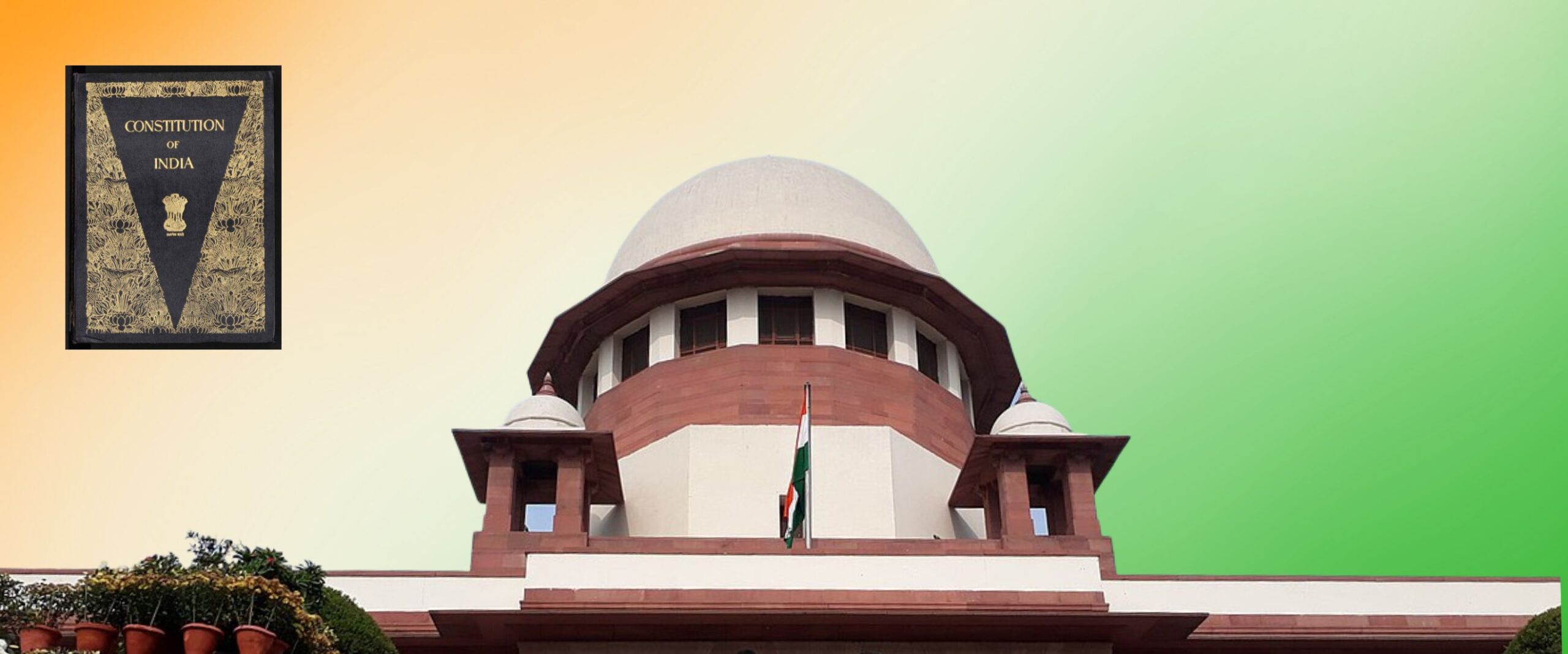Analysis
The Birth of the Indian Supreme Court
India celebrates its 74th Republic Day today. SCO revisits the constitutional ideals on which the SC was established.

On January 26th, 1950, the Indian Constitution came into force, bringing into existence the Supreme Court of India under Article 124. Two days later, the Supreme Court was inaugurated in the Parliament building—no Supreme Court building existed then.
The first Chief Justice of India, H.J. Kania, during the inauguration of the Supreme Court, stated, ‘in endowing the Supreme Court of India with very wide powers… the voice of the people has shown complete confidence in the Court as the final body for dispensing justice. We hope to deserve that confidence. We trust that the people of India will also maintain the independence, honour and dignity of the Supreme Court.’
How is the Supreme Court different from its predecessor—the Federal Court of India? What are the wide powers that CJI Kania spoke about?
The Rise of a Constitutional Court
The Federal Court, established under the Government of India Act, 1935, had a limited mandate—settling personal disputes, disputes between the Union and the States, and between different States. It did not have the power to review the validity of the laws passed by the government. Further, unlike the Supreme Court, the Federal Court was not the final Court of appeal. In certain cases, parties dissatisfied with its decisions retained the option of further appealing to the Judicial Committee of the Privy Council based in London.
The Supreme Court of India was envisaged with a far larger mission: protecting and enforcing the rights of citizens. Under the Constitutional mandate, it was tasked with interpreting the different provisions of the Constitution, including the Fundamental Rights enshrined within it. Further, this mandate came with the constitutional power of judicial review—the Court could strike down laws made by the Executive and the Legislature that interfered with the rights of citizens. Its predecessor, the Federal Court, did not have this power.
The significance of the Supreme Court lies in two aspects: that the Supreme Court, along with the other government functionaries, is established under the Constitution, and that the Supreme Court is an independent institution. In effect, while the Supreme Court itself cannot make laws, it ensures that the laws made by the Executive and Legislative wings of the government adhere to the principles enshrined in the Constitution of India.
The Supreme Court in its Early Days
Despite the grand visions behind its establishment, the Supreme Court of India did not have a designated ‘seat’ or location from which it could exercise its powers. Sir Edwin Lutyens, the architect of Delhi, did not envisage a Supreme Court building. In fact, for the first eight years of its existence, the Supreme Court operated out of the Chamber of Princes in the Indian Parliament building. It was only in 1958 that the present-day Supreme Court building was finally constructed, becoming the country’s ultimate seat for dispensing justice.
The Supreme Court of the time also dealt with limitations beyond the lack of a permanent physical seat. While the Supreme Court currently has a sanctioned strength of 34 Judges, the Constitution originally only envisioned eight. Further, the Court only convened to hear cases 28 days a year for four hours a day. Unlike in the 1950s, the current Supreme Court sits for 190 days a year and deals with thousands of cases, indicating a mammoth growth in the number and kinds of cases the Court hears on a daily basis.
On the occasion of Republic Day, the words of India’s first Attorney General, M.C. Setalvad, come to mind, ‘(the Supreme Court) will play a great and singular role and establish itself in the consciousness of the Indian people. Like all human institutions, the Supreme Court, we hope, will earn reverence through truth.’
